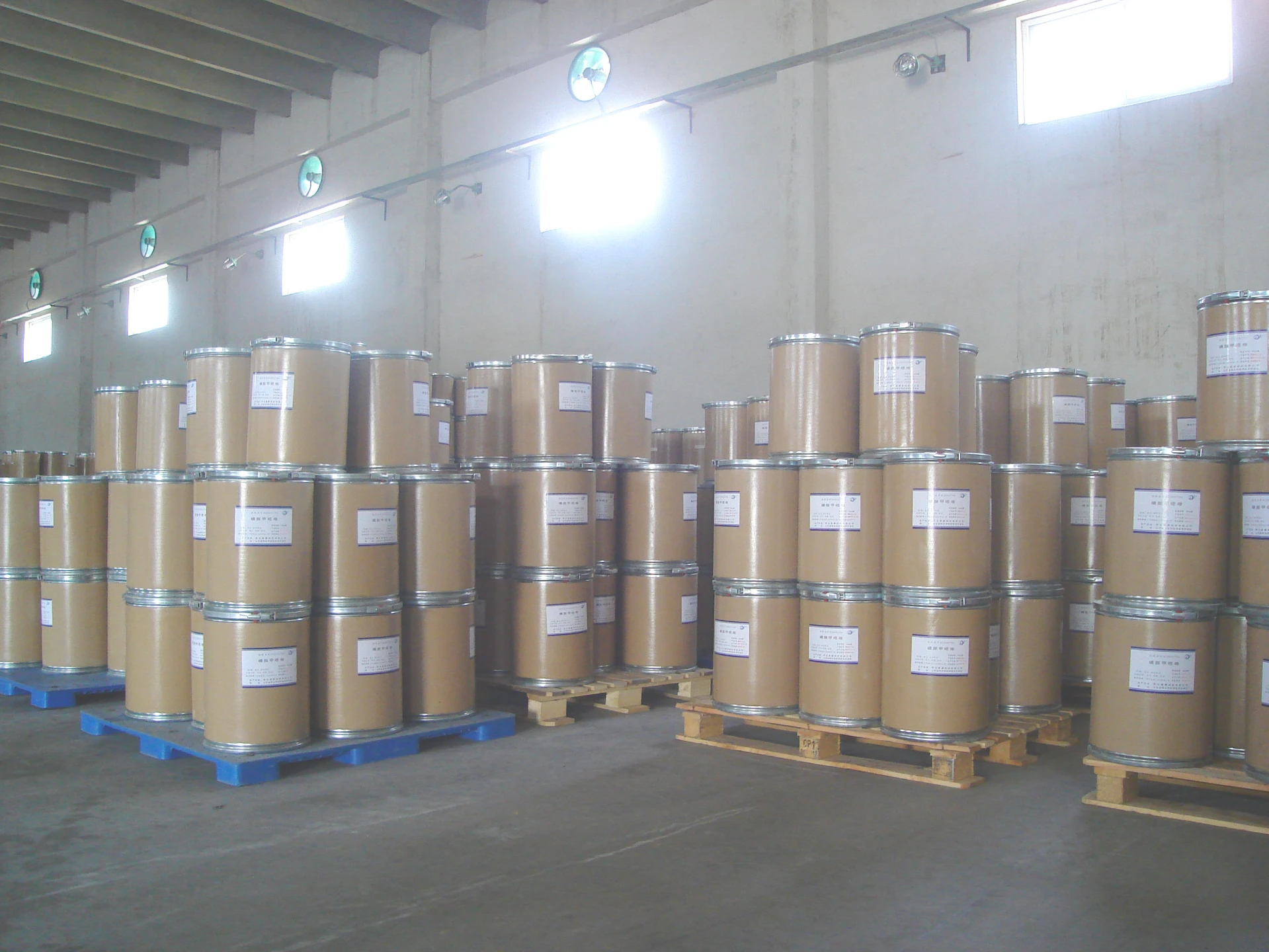Chemicals Used in Effluent Treatment Plants (ETPs)
Effluent Treatment Plants (ETPs) play a crucial role in safeguarding the environment by treating wastewater before its release into natural water bodies. These facilities are designed to reduce pollution and to remove harmful substances from industrial and municipal wastewater. The treatment process often involves a variety of chemical substances that help in efficient wastewater management. In this article, we will explore the key chemicals used in ETPs, their functions, and their importance in the treatment process.
One of the primary chemicals used in ETPs is coagulants. Coagulation is a critical step in the treatment process, wherein coagulants are added to wastewater to facilitate the aggregation of suspended particles into larger clusters or flocs. Common coagulants include aluminum sulfate (alum), ferric chloride, and polyaluminum chloride (PAC). These chemicals help in removing impurities and turbidity from wastewater, enabling subsequent treatment steps to be more effective.
Following coagulation, flocculation occurs, where gentle mixing helps the flocs to develop further. Flocculants such as polyacrylamide are often used during this process. These polymers aid in bridging the gaps between particles, enhancing floc formation and making the removal of solids easier in the subsequent sedimentation stage.
Another essential category of chemicals is pH adjusters. The pH level of wastewater can significantly affect the efficiency of the treatment process. To optimize pH levels, chemicals such as sodium hydroxide (NaOH) or sulfuric acid (H2SO4) are commonly employed. Adjusting the pH can enhance the performance of coagulants and influent digestion, ensuring that the treatment processes operate within the desired chemical conditions.
Chlorination is also a vital disinfection method used in ETPs. Chlorine and its compounds, like sodium hypochlorite, are utilized to kill pathogens present in the effluent. This process is crucial to ensure that the treated water meets safety standards before discharge. However, careful management is required to avoid the formation of harmful by-products, such as chlorinated organic compounds.
what are the chemicals used in etp

Advanced oxidation processes (AOPs) involve the use of oxidizing agents to degrade organic pollutants that are otherwise resistant to conventional treatment methods. Chemicals such as hydrogen peroxide (H2O2) and ozone (O3) are widely used in these processes. AOPs are effective in breaking down complex organic molecules, making them a valuable addition to the treatment arsenal, especially in treating industrial effluents laden with recalcitrant substances.
Another important group of chemicals in ETPs is the anti-foaming agents. Foaming can hinder the separation of solids from liquids and disrupt biological processes. Substances such as polysiloxanes and fatty alcohol ethoxylates are commonly deployed to mitigate foam formation, allowing for smoother operation within the treatment system.
Nutrient addition, particularly nitrogen and phosphorus, is often required in biological treatment processes to facilitate the growth of microorganisms that break down organic matter
. Chemicals such as ammonium sulfate for nitrogen and phosphates for phosphorus are added to balance nutrients within the system.Finally, dechlorination chemicals are essential after chlorination to neutralize any residual chlorine in the treated wastewater before it is discharged. Sodium bisulfite is a commonly used dechlorination agent that reacts with chlorine to prevent it from affecting aquatic life.
In conclusion, the effective operation of Effluent Treatment Plants relies heavily on a variety of chemicals tailored for specific treatment processes. Coagulants, flocculants, pH adjusters, disinfectants, oxidizing agents, anti-foaming agents, nutrient supplements, and dechlorination chemicals all play vital roles in ensuring that wastewater is treated effectively and safely. By utilizing these chemicals, ETPs not only help in protecting the environment but also contribute to public health by preventing the contamination of water bodies. As regulations continue to evolve, the selection and management of these chemicals will be critical in addressing the challenges posed by wastewater pollution.

